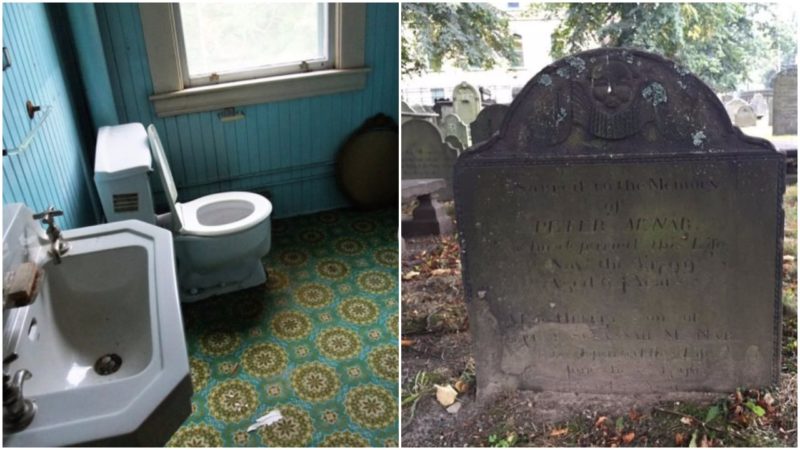McNabs Island is the largest of all the islands in Halifax Harbour, Nova Scotia, Canada. At first, it was used as a base for seasonal fishing, only being visited by humans at certain times of the year. The Mi’kmaq or Mi’gmaq people were the most frequent users of the island’s fish resources.
The Mi’kmaq are the First Nations people indigenous to Canada’s Maritime Provinces and the Gaspé Peninsula of Quebec. Their nation has a population of about 65,000 today.
When the French Navy was looking for a site to build sea fortifications, they considered McNabs Island as an option before finally settling on Louisbourg. But McNabs’ natural strategic potential was eventually realized when numerous defensive forts were built in later years.
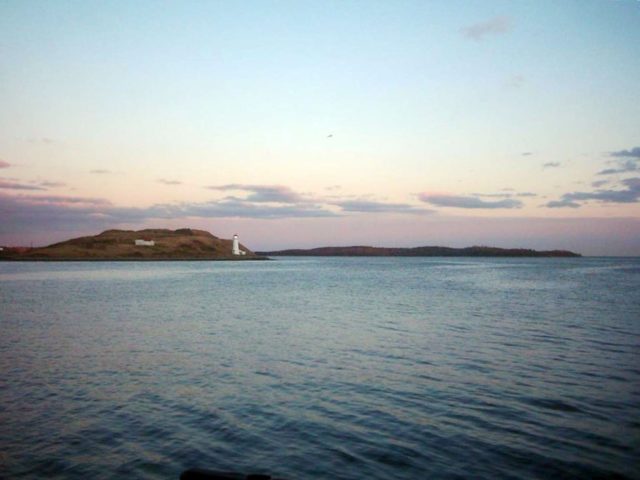
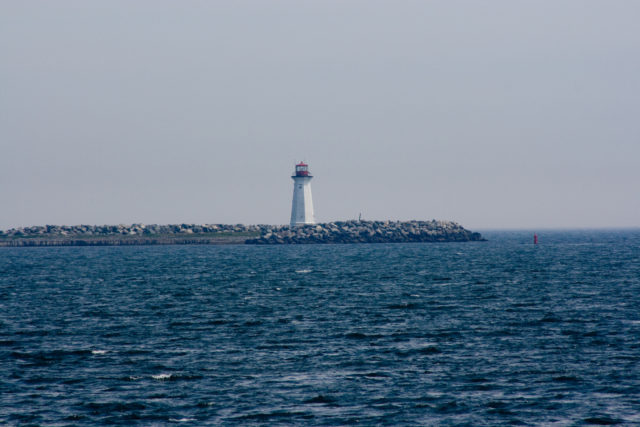
McNabs family and island legacy
The island was previously known as Cornwallis Island. After it was purchased by Peter McNab in the 1780s, its name was changed to McNabs Island. Thus began the long line of Peter McNab’s descendants living on the island. The most famous of this family was Peter’s son, Captain John McNab of the Nova Scotia Fencibles military regimen. McNabs was the site of many fortifications belonging to the Halifax Defence Complex, among which were Strawberry Battery, Fort Ives, Fort Hugonin, Sherbrooke Tower, and Fort McNab.
Other interesting features include the remains of a turn-of-the-century picnic ground, an abandoned soda factory, and the remnants of a once-extensive Victorian garden. Some remains of early settlers’ houses can be found, which are far older than the original McNabs house that is also a part of the island heritage.
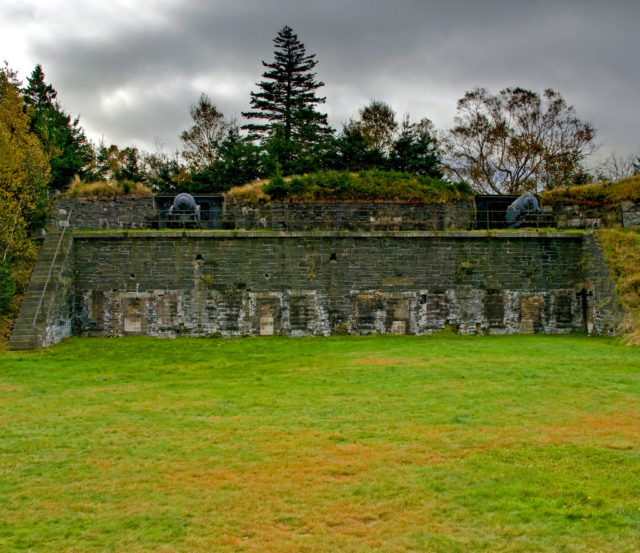
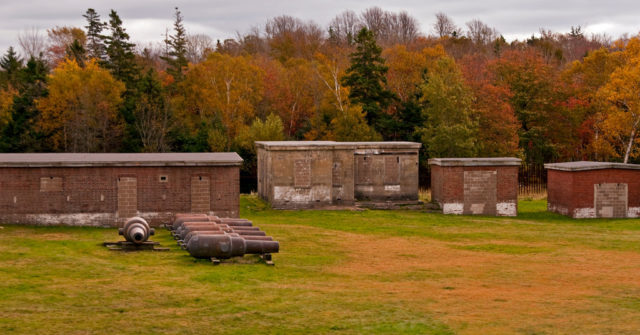
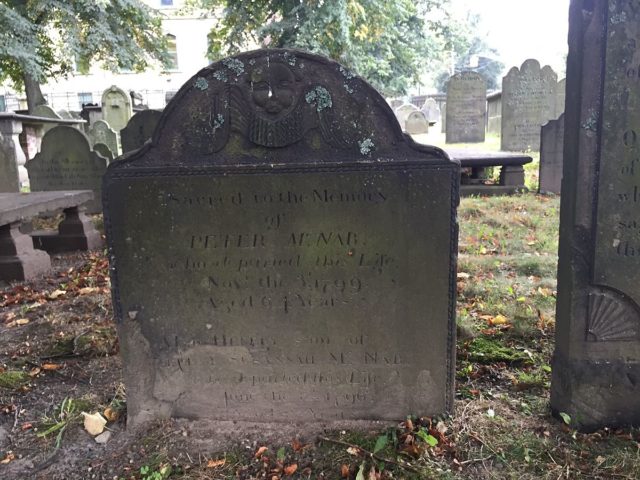
Special welcome for Pirates
Piracy was a rampant problem up and down the east coast of the Americas. The British Empire’s authorities in Nova Scotia, Canada were committed to reducing and preventing incidents of piracy on the Atlantic coast.
Piracy was such a serious problem for the economy of the New World that the penalty was a ritualized public torture and execution. After convicts were hanged, their bodies were tarred and hung from chains called a gibbet at the harbor entrance as a warning to other pirates or anyone aboard a ship considering mutiny or desertion.
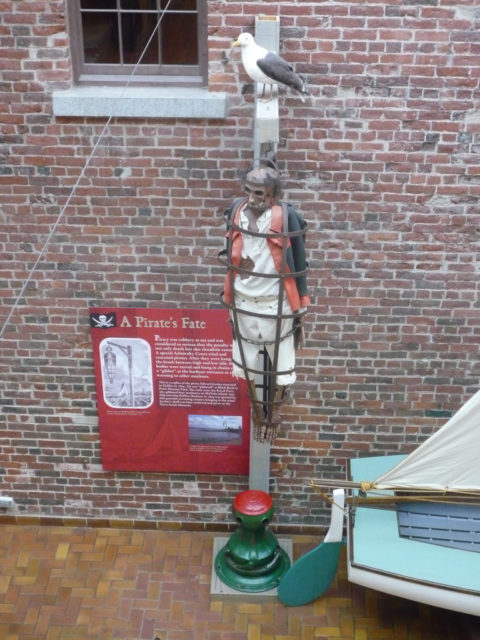
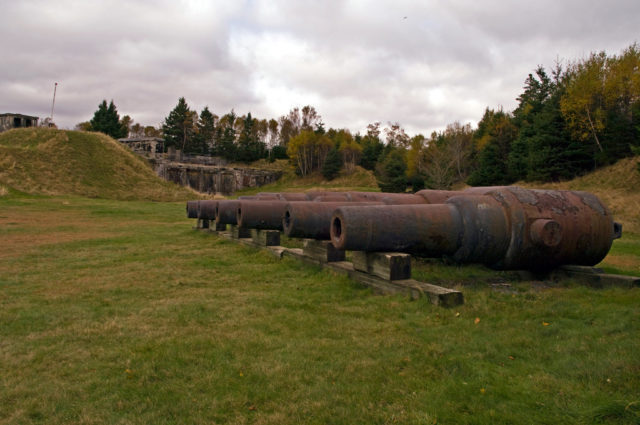
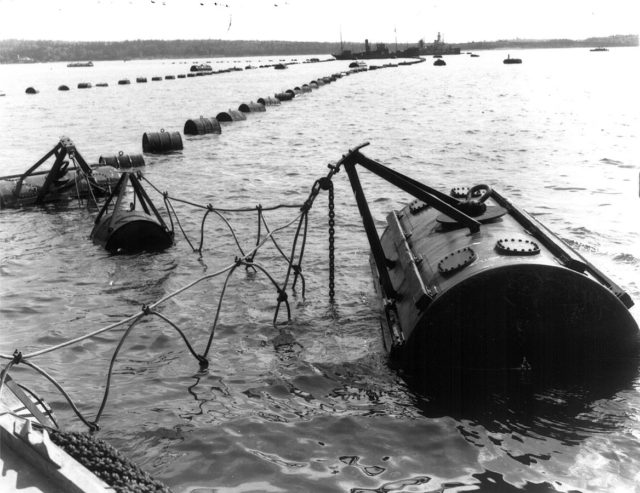
The Lynch Carnival Show
The Bill Lynch Show was the largest carnival in Canada during the 1940s. The show’s creator of was William Lynch, a businessman and philanthropist born in 1903 on McNabs Island. He started the show on the island in 1920 with only one ride, a merry-go-round. But very soon he made the carnival mobile and started touring the small villages of Nova Scotia.
In 1928, a Ferris wheel was added as a second ride. The following year, rural Nova Scotia was too small for Mr. Lynch so he took the show to Halifax. It was here that the show became very popular. By 1956, the Bill Lynch Show was touring with 27 railway cars of rides, games, and performances.
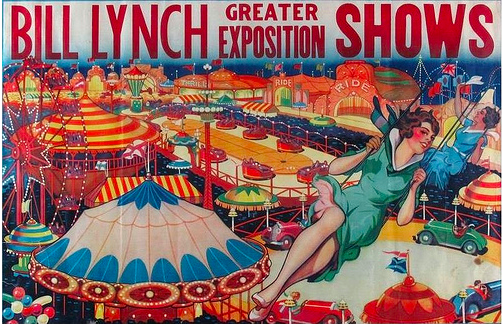
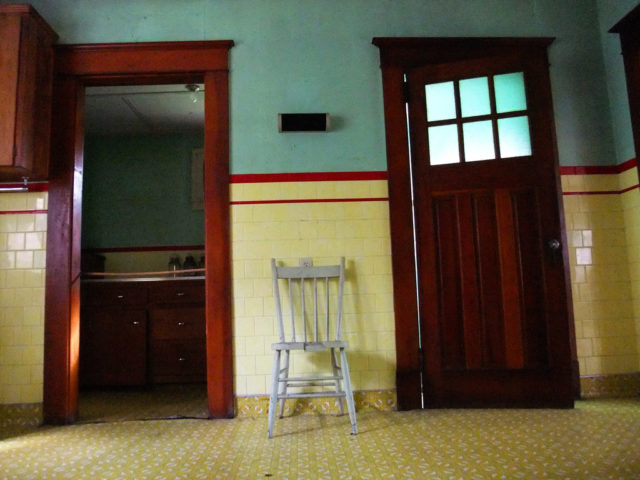
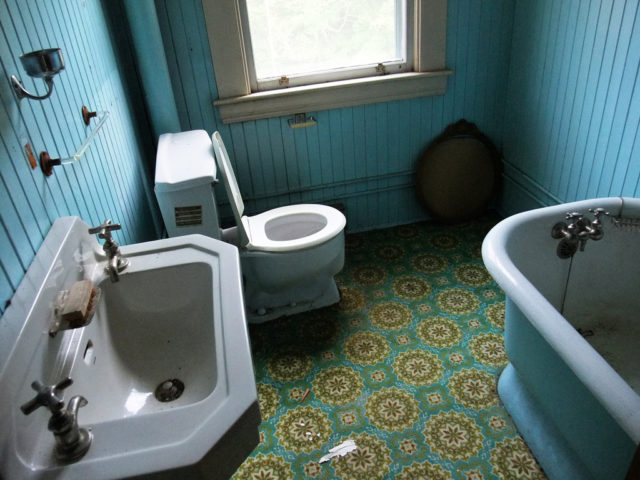
Today
Today only 3 percent of McNabs Island is privately owned, perhaps by distant relatives of Peter McNabs. The rest belongs to the Province and the Federal Government. There is a group of volunteers that runs a non-profit organisation called “Friends of McNabs Island Society”. They organize picnics and trips to the island and promote McNabs island as a Nature Park and Outdoor Classroom to those interesting in going there. Apart from these excursions, the island is completely abandoned.
